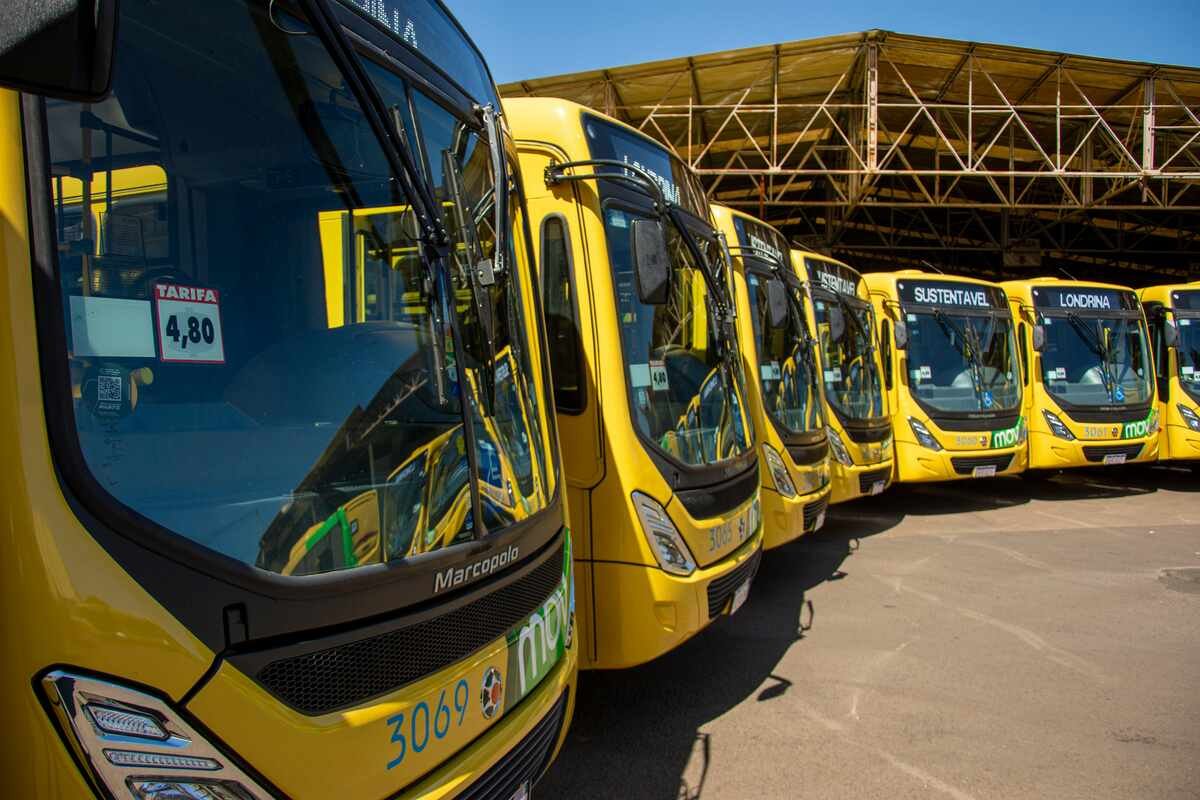Introduction
The yellow school bus is a symbol of safe, reliable transportation for students across the world. However, planning effective yellow bus routes involves careful organization to ensure that each journey is safe, efficient, and accessible. The complexity increases when these buses are used not only for daily school commutes but also for special trips like charter bus transportation for summer camps and athletic team events. Each type of journey requires specific planning considerations to make the travel experience as smooth as possible for all. This article explores the strategies schools use to plan yellow bus routes, balancing the goals of safety, efficiency, and accessibility, whether it’s for daily school travel, summer camp outings, or athletic teams tip bus driver.
Understanding the Foundations of Yellow Bus Route Planning
Creating safe and efficient yellow bus routes requires much more than placing stops on a map. Schools and organizations must consider several factors, including the location of students, road safety, and traffic conditions. Whether it’s a routine school route, a charter bus trip for a summer camp, or transporting athletic teams tip bus driver, each route is meticulously planned to balance travel time with safety. Here’s a look at the core elements involved in planning these routes.
1. Prioritizing Safety Above All
Safety is the primary consideration in planning any yellow bus route, whether for daily school transport or special trips like summer camps or athletic events. Schools and organizations adopt strict measures to ensure every trip prioritizes student safety:
- Safe, Visible Bus Stops: Bus stops are chosen carefully to avoid high-traffic areas or unsafe spots. Planners select locations that provide ample lighting and are easily accessible, ensuring students can reach their stop safely, whether they are heading to school, a summer camp, or an athletic event.
- Driver Training and Emergency Readiness: Bus drivers undergo extensive training to drive safely and respond to various situations, from emergencies to managing young passengers. This training ensures that drivers are well-prepared to handle regular school routes as well as additional trips, such as charter bus transportation for summer camps or athletic events.
- Real-Time Monitoring: Many yellow buses are now equipped with cameras and GPS tracking, allowing schools to monitor the journey and quickly address any unexpected issues. This technology is invaluable for school trips, providing parents, camp organizers, and athletic team coaches with peace of mind.
2. Enhancing Route Efficiency
An efficient bus route minimizes travel time, reduces fuel consumption, and ensures that students arrive at their destination on schedule. Achieving this level of efficiency requires detailed analysis and route optimization, whether it’s for school days, summer camp journeys, or athletic events. Key strategies include:
- Grouped Pick-Up Points: Schools often create grouped pick-up points where students from nearby locations meet at a single stop. This approach reduces the number of stops needed, helping buses stay on schedule for regular school runs, summer camp trips, and athletic team transportation.
- Advanced Route Planning Tools: Using route planning software, schools can map out the shortest and safest routes for buses. This software considers real-time traffic, road conditions, and other factors, ensuring smooth and efficient travel for both routine and special trips, like charter bus summer camp excursions or athletic events.
- Staggered Schedules: To avoid traffic congestion around the school, some districts implement staggered start and end times. For summer camps and athletic teams, departure and arrival times are carefully coordinated to avoid peak traffic hours, ensuring that students and athletes spend less time on the road.
3. Adapting to Traffic and Weather Conditions
Traffic patterns and environmental conditions greatly impact bus routes. Schools and organizations need to plan around these variables to avoid delays and ensure safe journeys. For athletic teams tip bus driver traveling on game days or summer camps on popular vacation routes, timing and route adjustments are essential:
- Avoiding Congested Areas: Routes are planned to steer clear of heavily trafficked zones, which helps reduce delays. This is particularly helpful for athletic teams tip bus driver traveling to competitions or charter bus routes for summer camp, ensuring that students reach their destinations on time.
- Weather-Responsive Planning: In regions with extreme weather, alternative routes may be planned to ensure safety in conditions like snow, rain, or high heat. For charter bus summer camp trips or athletic events, real-time weather updates allow schools to modify routes as needed.
4. Ensuring Accessibility for All Students
Schools prioritize inclusive transportation, ensuring that students with disabilities have safe and accessible transportation options. Accessibility is a key factor in route planning for regular school days as well as for charter bus trips to summer camps and athletic events. Accessibility measures include:
- Specialized Buses for Disabled Students: Some yellow buses are equipped with wheelchair lifts and other accessibility features, enabling students with disabilities to travel comfortably. These buses are available for daily school routes, summer camp trips, and athletic team events to ensure that all students have equal access to transportation.
- Customized Routes for Special Needs: Schools may create specific routes for students with unique needs, especially when it involves longer trips such as charter bus summer camp or travel for athletic teams. These routes prioritize the comfort and safety of each student, ensuring a supportive travel experience.
5. Using Technology for Seamless Communication
Technology enhances yellow bus transportation by keeping families and organizers informed. Schools, camps, and sports teams use digital tools to share updates and track bus locations, improving the travel experience for all involved. Examples of useful technology include:
- Real-Time Tracking for Parents and Guardians: GPS tracking apps allow parents to view the real-time location of the bus, providing reassurance during daily school commutes, charter bus summer camp trips, or athletic team travel.
- Automated Notifications: Schools send automatic alerts about delays, route changes, or emergencies. This keeps parents and guardians informed, helping them prepare for any changes in the route or schedule.
- Continuous Improvement through Data Analysis: Schools collect data on factors like travel times and safety incidents, using this information to refine routes over time. This data-driven approach ensures that yellow bus routes continuously improve, providing safe and efficient transportation for school, summer camp, and athletic events.
6. Reducing Environmental Impact and Operating Costs
Given the large number of yellow buses on the road, schools are increasingly focused on minimizing environmental impact while controlling costs. Whether for daily commutes, summer camp charters, or athletic team trips, schools strive to make transportation as eco-friendly as possible:
- Investing in Green Technology: Some districts have begun using electric or hybrid buses to reduce their carbon footprint. These eco-friendly buses are used not only for regular school days but also for charter bus summer camp and athletic events.
- Fuel-Efficient Routes: Optimizing routes reduces fuel consumption, which is both cost-effective and environmentally friendly. Schools apply this strategy to all transportation needs, including special trips, such as charter buses for summer camps or athletic team travel.
- Carpooling to Centralized Stops: To minimize the number of vehicles on the road, schools encourage families to carpool to centralized bus stops. This approach can be beneficial for pick-up locations used for charter bus summer camp trips, reducing traffic and emissions.
Conclusion
Planning safe, efficient yellow bus routes is a complex task that prioritizes safety, efficiency, and inclusivity. Schools, summer camps, and athletic teams tip bus driver all benefit from the detailed planning and innovative solutions that go into creating reliable transportation systems. From school day commutes to special trips for summer camps and sports events, yellow buses serve as a cornerstone of safe and efficient travel.
By leveraging technology, prioritizing accessibility, and focusing on sustainability, yellow bus routes provide students with a trusted and eco-friendly way to travel. The next time you see a yellow buses on the road, remember the extensive planning that ensures each student’s journey is safe, efficient, and environmentally conscious—whether it’s for a school day, a charter bus summer camp adventure, or an athletic team event.






